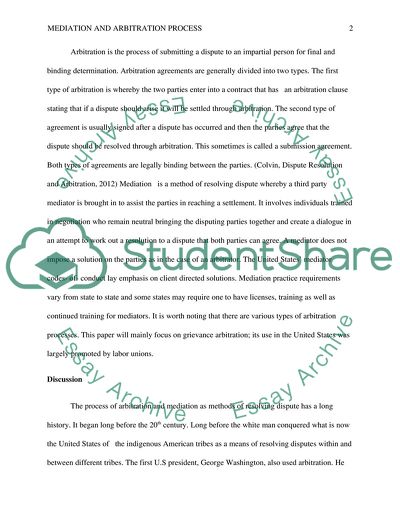Cite this document
(“The Mediation and Arbitration Process Essay Example | Topics and Well Written Essays - 1750 words”, n.d.)
Retrieved from https://studentshare.org/law/1689446-the-mediation-and-arbitration-process
Retrieved from https://studentshare.org/law/1689446-the-mediation-and-arbitration-process
(The Mediation and Arbitration Process Essay Example | Topics and Well Written Essays - 1750 Words)
https://studentshare.org/law/1689446-the-mediation-and-arbitration-process.
https://studentshare.org/law/1689446-the-mediation-and-arbitration-process.
“The Mediation and Arbitration Process Essay Example | Topics and Well Written Essays - 1750 Words”, n.d. https://studentshare.org/law/1689446-the-mediation-and-arbitration-process.


